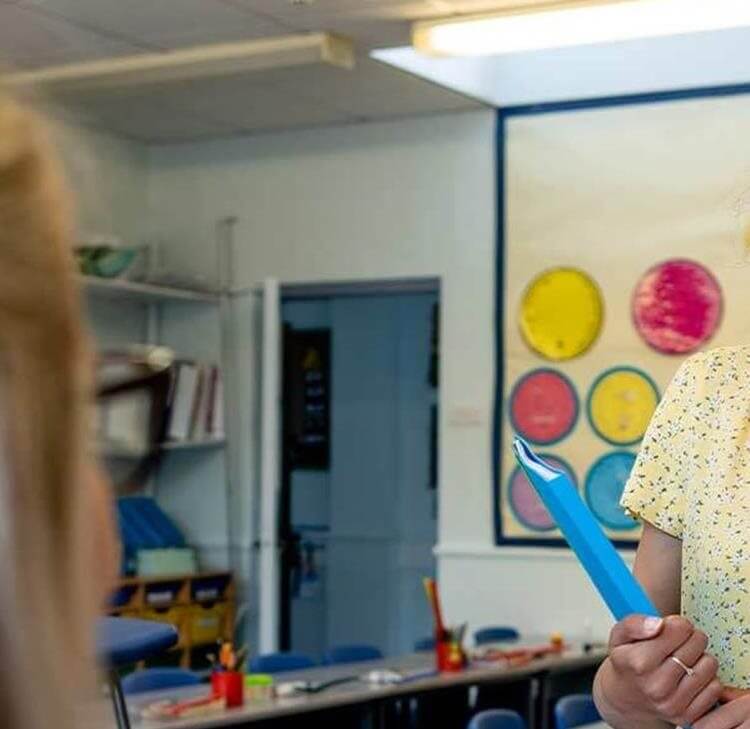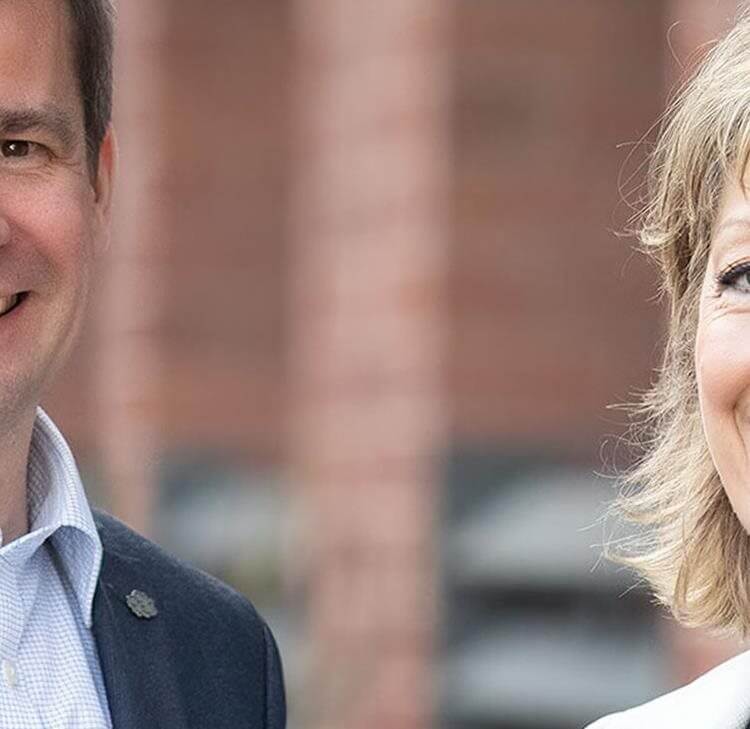What does the DfE guidance ‘Building Stronger Trusts’ mean for you?
It depends on whether you are local authority maintained or single academy trust, underperforming, Church of England or Catholic or an MAT.
Since the 2019 election the Government’s agenda has been firmly focused on dealing with the twin challenges of Brexit and COVID-19; however, with Brexit now behind us and the pandemic starting to ease, Gavin Williamson has signalled that the academy agenda is firmly back in his list of priorities. Following his recent speech at the Confederation for School Trust conference he has made it clear that his vision for the future of the state-funded school system is for every school to be part of a family of schools in a strong multi academy trust (MAT).
Whilst this message may not be universally popular it does provide those schools considering becoming an academy (and academy trusts looking to expand) with a welcome and clear indication that the Government is committed to a fully academised state school system. Although he fell short of suggesting a compulsory conversion approach, Mr Williamson did confirm he was actively looking at ways to achieve this vision.
So, what does this messaging mean for you?
The answer depends on who you are:
Local authority maintained schools and single academy trusts
It is evident that the Government does not consider single-entity schools a viable proposition. The future is likely to be the growth of established multi academy trusts through mergers or conversion of schools.
For those schools yet to convert it is clear that the landscape has now changed with the establishment of standalone academy trusts unlikely to be approved regardless of circumstance and with new multi academy trusts likely to be approved only if they are in areas of need and where standards are low. Standalone academy trusts or groups of maintained schools looking to create new multi academy trusts therefore need to be aware of the challenges ahead.
Rather than the target date driven agenda of previous incarnations of its academisation programme, the Department for Education (DfE) is adopting a softer approach for undecided maintained schools by expanding the ‘try before you buy’ option or Trust Partnership where the maintained schools receives support from the trust as if it were a member of that trust so the parties can determine if the arrangement should become permanent.
Underperforming schools
A second initiative relates to schools that have been judged ‘Requires Improvement’ (or worse) by Ofsted in their last three full inspections. Although we are currently light on the detail the Secretary of State has indicated an intention to bring such schools into multi-academy trusts, potentially using a similar mechanism to that currently employed for those schools judged ‘Inadequate’.
Church of England and Catholic schools
The guidance is short on detail but makes clear that the DfE envisages a partnership with the Church of England and the Catholic Church to set up new Church Academy Trusts. A “diocesan trust formation pilot” will also set up new academy trusts in partnership with the Church of England and Catholic Church.
MATs
The message for existing multi-academy trusts is clear – growth to be achieved through attracting single trusts and smaller MATs to join you and maintained schools to convert and join your trust.
What now?
What will be interesting is how this translates into practice. A few years ago (pre-COVID and pre Brexit, when academisation was high on the agenda) we talked about academisation in terms of ‘staying in control of your own destiny’ when determining the future of your school/trust. That control may feel harder to maintain under this government strategy, but there is still plenty that schools, single trusts and MATs can do to achieve their own preferred outcomes and thus control their destiny.
Single trusts and – perhaps to a slightly lesser extent, maintained schools – will be in the spotlight. Now may be the right time for those trusts to look at the MATs around them and consider which one(s) may be a good fit to join. MATs should ask themselves the question ‘If I were a single trust, would I join this MAT?’. Are your values and brand clear? Do you offer transparency about the level of control and support a single trust or maintained school will have if they join you? What are the benefits of them joining you? Why you and not the MAT next door?
MATs may also want to take the opportunity to review their growth plans and think about whether operational/structural changes should be made now to get ready for growth. A quick health check (we can help you with that), may be in order to get match fit.
It is early days in this renewed DfE drive for academisation, so there is certainly no need to panic and make quick decisions; but now is also not the time to bury your head in the sand and pretend nothing will change. Stay in control of your destiny.
This article was first published by LASBM on 26 May 2021.
Contact

Tom Briant-Evans
Senior Associate
Tom.Briant-Evans@brownejacobson.com
+44 (0)330 045 2888








































